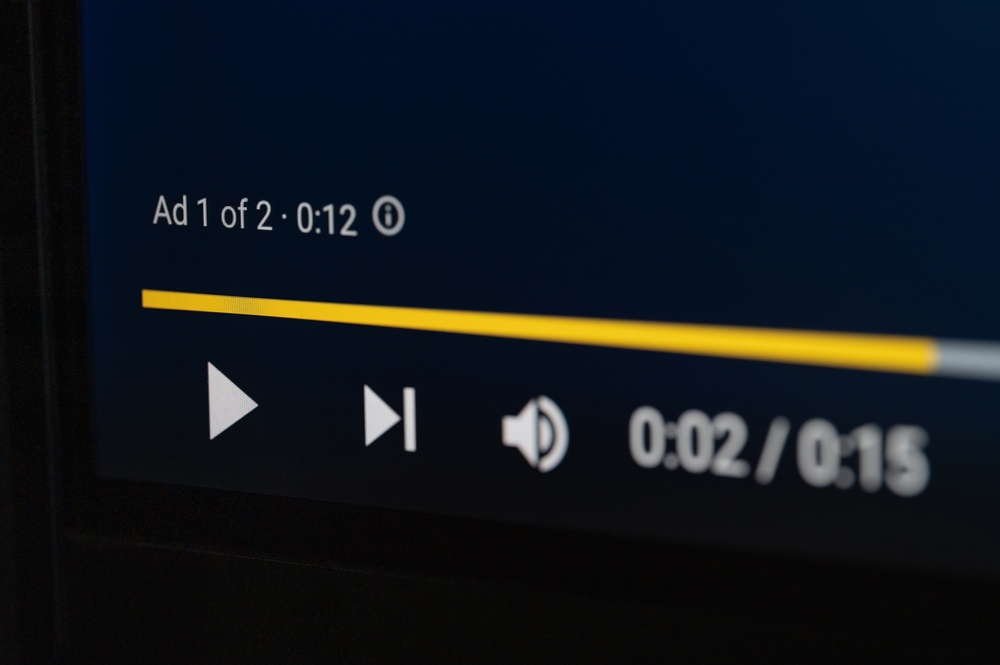YouTube, one of the world’s largest video-sharing platforms, has recently taken bold steps to counteract the growing use of ad blockers. In a move that has raised eyebrows and stirred discussions within the digital advertising and technology communities, the platform has expanded its efforts to disable users employing ad-blocking tools. While these measures have prompted a notable decrease in ad-blocker usage, they have also sparked significant debates about the implications for users, developers, and the broader online advertising ecosystem.

Google’s Reassurances at the Ad Blocking Conference
The landscape of ad-blocking technology has evolved rapidly over the past few years, leading to heightened concerns among content creators and advertisers. At a pivotal moment, the annual ad-blocking developer conference in Amsterdam became the backdrop for a statement by representatives from Google. Google, a corporation that heavily relies on advertising revenue, reassured conference attendees that a forthcoming major update to the Chrome browser would not disrupt the functionality of ad blockers. In an unexpected twist, Google even co-sponsored the event.
YouTube’s Decision to Expand Measures
Following the ad-blocking conference, YouTube announced an expansion of its pilot project aimed at disabling ad blockers. According to YouTube’s administration, these tools are in direct violation of the platform’s terms of service. To circumvent the impact of ad blockers and enjoy an ad-free experience, users are encouraged to subscribe to YouTube Premium, a subscription-based service that offers an uninterrupted viewing experience.
The Impact and Effectiveness of the Measure
YouTube’s decision has proven to be highly effective in reducing the usage of ad blockers among its user base. Ghostery, a company specializing in ad-blocking tools, reported a significant increase in both the removal and installation rates of its products in October. More than 90% of users who uninstalled Ghostery cited YouTube’s new policy as the primary reason. Some even resorted to switching to the Microsoft Edge browser, where Ghostery installations spiked by 30% compared to September.
AdGuard, boasting 75 million users with 4.5 million paid subscribers, saw a surge in software removals during this period. The number of daily removals more than doubled, peaking at 52,000 on October 18. AdGuard also noted a substantial increase in installations, reaching 60,000 per day on October 18 and 27. Fortunately, paid subscribers remained unaffected by YouTube’s restrictions.
Developers behind the AdLock extension reported a 30% increase in installations and removals in October compared to previous months. Eyeo, the company responsible for the AdBlock, AdBlock Plus, and uBlock tools, responded to the challenge by offering users more flexible blocker settings. Users can now choose to add the entire YouTube site to exceptions or allow advertising for individual videos or authors.
The Broader Context and Ongoing Battle
This recent campaign launched by YouTube coincided with a pilot project to increase the volume of advertising displayed on the platform. In the first nine months of this year, YouTube raked in an impressive $22 billion in advertising revenue, a 5% increase from the previous year. This accounts for approximately 10% of Google’s total sales. Content creators typically receive 55% of ad sales on long videos and 45% on short videos. Additionally, an estimated $2.7 billion comes from premium subscription sales.
Surveys over the years have consistently shown that a significant proportion of users, ranging from one to three out of five, employ ad-blocking tools. Most users are not fundamentally opposed to advertising; rather, they are frustrated by the excessive volume or prolonged unskippable ads. This discontent arises when advertisers and websites cross a certain threshold.
YouTube’s measures have primarily affected users who watch videos on the site via the Chrome browser on laptops and desktop computers. The platform employs algorithms that respond to known content filtering methods available in open-source projects, as there are no specific detectors for individual extensions. YouTube utilizes technology developed by Google in 2017 to detect ad blockers on any websites.
The Ongoing Battle and Future Implications
Ad-blocking developers are currently working tirelessly to circumvent YouTube’s new restrictions. Ironically, only a few have been able to reproduce warnings from the platform administration. Hankuper, the Slovak company behind AdLock, recently released a new version of its product for Windows, claiming it operates undetected by YouTube. If users validate this statement, the new algorithm will extend to blockers for macOS, Android, and iOS.
The escalating confrontation between content platforms and ad-blocking developers carries significant consequences, notes NIX Solutions. Users who opt out of using these tools may become more vulnerable to online threats, and the development of more complex ad-blocking mechanisms may introduce new vulnerabilities. Additionally, there are legal aspects to consider; European laws generally prohibit bypassing measures taken by publishers to combat ad blockers. Attempts have been made to negotiate and develop formats for “acceptable” advertising that ad blockers would overlook, but these efforts have yielded limited results. Ad-blocking creators consistently find ways to adapt to the platforms’ evolving strategies, while the platforms themselves devote substantial resources to the ongoing struggle. Ultimately, it’s the platform administrators who tend to capitulate in the end, realizing the challenge of curbing ad-blocking technology in an ever-evolving digital landscape.
